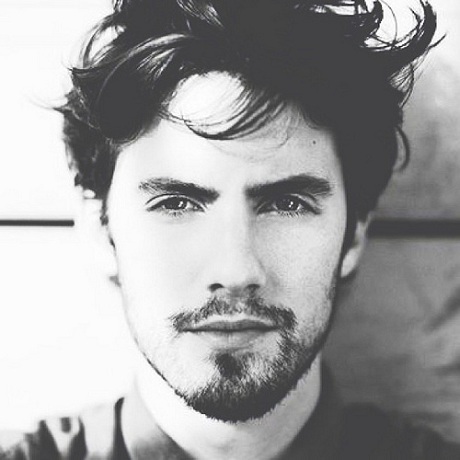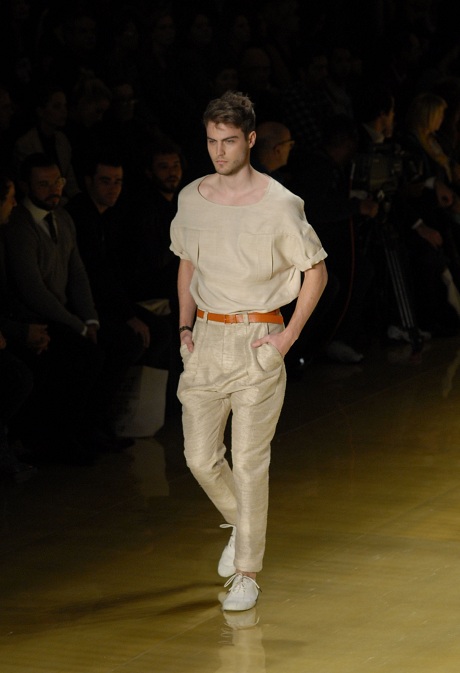Modelling - The Basics

Industry
Male modelling occupies a smaller sector of the industry than female modelling but it is a growing and increasingly competitive field.
Many of the largest model agencies can be found in London, Paris, Milan and New York; however, there are agencies in most large cities around the world.
Some models choose to self-represent. Although finding work can be trickier for those models, they retain all of their wages because they do not give a percentage to a modelling agency.
When you are signed by a model agency, you can be signed either on a trial or on a contract. In many countries, models are classed as self-employed but in some, they are employees of the model agency. This affects the way in which they are paid and who is responsible for paying taxes on their earnings.
Some model agencies are smaller than others and the smallest are known as boutique agencies. These agencies spend a lot of time personally with the models and have a limited range of clients. The larger agencies and the international franchises have a wider range and larger number of clients but are often (not always) less focused on developing the portfolio of each individual model. Smaller model agencies are sometimes known as mother agencies. These model agencies frequently work in collaboration with larger agencies to find work for their models whilst retaining them on a mother agency contract.
Portfolio
Most model agencies will prepare your portfolio and composite cards ('comp cards' are like large business cards which feature your best portfolio images and your measurements) after they have signed you. They will organise your initial expenses and training. As model agents can best assess if you are right for their agency with basic images of yourself, professional portfolios are not required at this stage. A clear head shot, a full-length shot and one or two other photographs should be enough.
Model agencies and their clients require frequently-updated polaroids/digitals. These are shots usually taken in front of a blank wall in a well-lit (but not too bright) room. They should lack facial expressions and show you at your most natural.
As your career develops, any portfolio expenses are usually advanced and then deducted from your wages.
Height and physical characteristics
To be a successful model, you'll require a number of characteristics in terms of your looks and your personality. These are based on the requirements of the model agencies and their clients. They are usually looking for something 'unique' or a classic look. As a scout, I specialise in knowing those requirements. The male modelling industry now embraces diverse looks, including varied ethnicities, body types, and unique features, reflecting a broader range of consumer identities.
Male models are predominantly at a height of 6' 0" (182 cm) or taller. Fashion models are rarely taller than 6' 2" (188 cm). If you are still growing and you meet their other criteria, a model agency may still sign you up. The exceptions to this height standard occur in commercial modelling and in Asia.
You should have physical and facial symmetry; a good complexion; good teeth and hair; and be lacking tattoos (this is an evolving criteria), with no piercings except ears.


Personal characteristics
Your attitude should be professional. If you turn down work, be honest with your reasons.
One of the toughest parts of modelling is rejection. No-one likes rejection, but it is an unavoidable element of the process in modelling as in other talent industries. Be prepared to be rejected by agencies and clients. Try not to take it personally. Most clients have a preconceived idea of the type of look they want for their product. Rejection by either client or agency is not a criticism of you as a model but rather an indication that they were looking for a different type of model. I have known many models who have lost confidence because of this side of the industry but it is important to stick with it - I have also known many models who have become successful after many rejections
Lifestyle
As a model, it is likely your castings (model auditions) will be intermittent, particularly early on in your career, and the bookings (jobs) even more widely spaced. Even so, it is commonplace that you will have short notice for any assignment, so try to be available at most times. This can be tricky for part-time models who are employed in other jobs. Time management and flexibility are important. If a modelling agency knows you are otherwise occupied at specific times, they can work around your schedule.
Models travel frequently - often internationally - and get to see a lot of different locations as well as enjoy many social events. Of course, despite the lifestyle, it is important to stay professional at all times.
